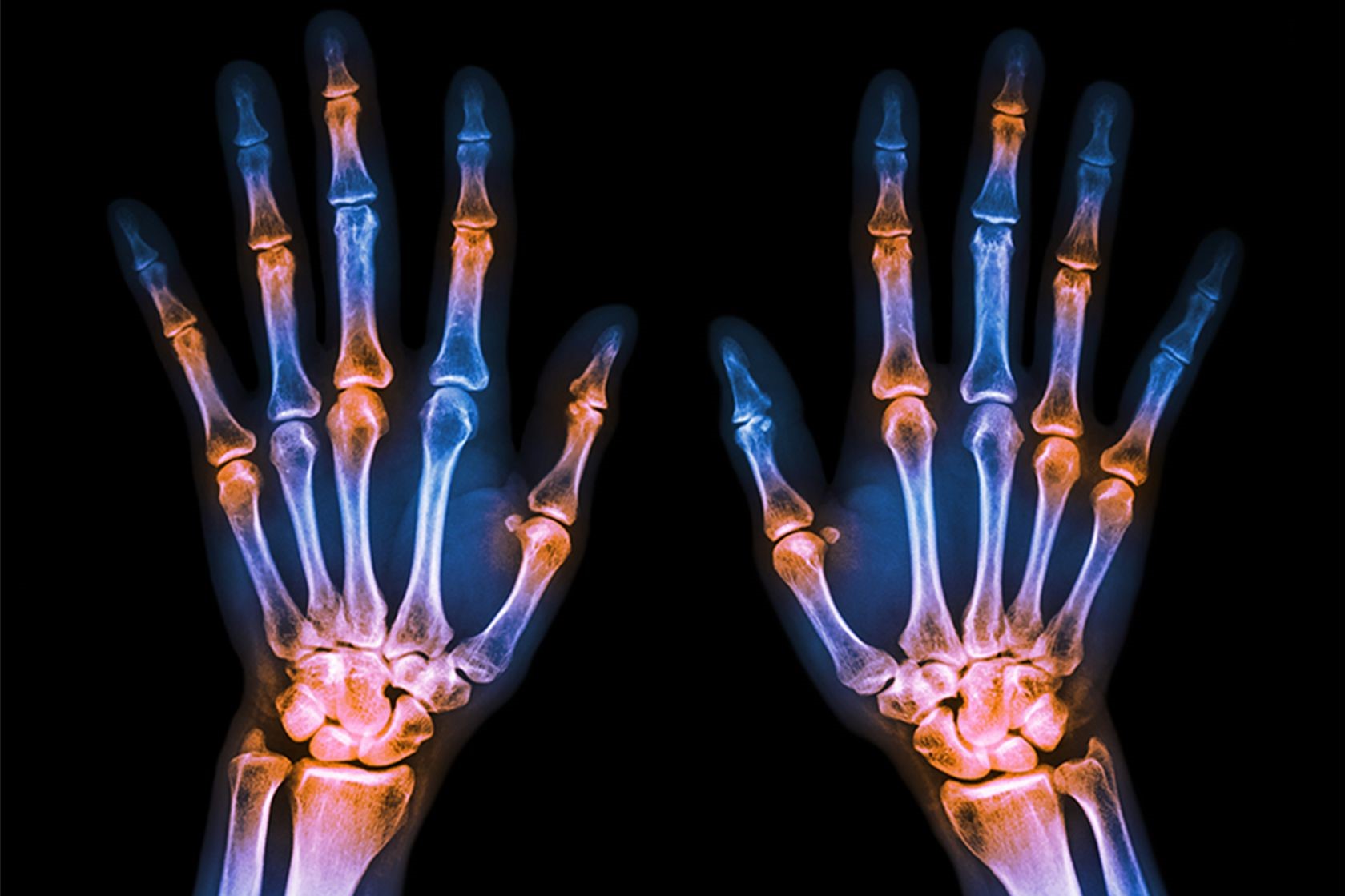
Symptoms of rheumatic diseases and the importance of prevention
Arthritis and arthrosis: the name of these rheumatic diseases is very similar and can be misleading, but we are talking about two different diseases, especially with regard to their causes, i.e. the presence or absence of the underlying inflammation
In arthritis, inflammation, i.e. the component of an altered immune system, precedes joint damage and is the main cause.
Conversely, in arthrosis the joint damage is the cause of the pain and only later can the inflammation appear.
Rheumatic diseases affect women more frequently and often more severely
In the case of arthrosis, this generally appears earlier and more aggressively in women; and even if we talk about arthritis – this is the case, for example, with rheumatoid arthritis – we have evidence that about 80% of sufferers are women.
Rheumatic diseases: prevention and lifestyle
Lifestyle has an important impact on the risk of developing a rheumatic disease.
With regard to osteoarthritis, maintaining an appropriate weight can reduce the progression of joint damage, both weight-bearing (such as the knees) and other parts of the body such as the hands.
In rheumatoid arthritis, on the other hand, cigarette smoking is a major risk factor, so it is important that patients give up this bad habit.
Rheumatic diseases: symptoms to watch out for
Rheumatic diseases usually manifest themselves in pain, which is the key symptom.
It is a localised type of pain, mainly in the joints.
In order to understand whether it is caused by inflammation, i.e. whether it is a sign of arthritis, or by degeneration of the joint, i.e. whether arthrosis is present, one has to pay attention to a number of factors.
The first is the course of the pain during the day: the inflammatory pain caused by arthritis is worse when waking up in the morning, when the joint has been inactive for a long time.
In addition, it is associated with prolonged joint stiffness, again on awakening.
Reduced activity in the hands for only a few minutes is normal and should not be a cause for concern, but if it continues for more than thirty minutes it may be a warning sign.
Prolonged swelling of the joint may also raise the suspicion of arthritis.
Arthritis and arthrosis are chronic diseases, but in the case of arthritis they can be kept under control with appropriate therapy.
Read Also:
Joint Pain: Rheumatoid Arthritis Or Arthrosis?
Arthrosis: What It Is And How To Treat It
Juvenile Idiopathic Arthritis: Study Of Oral Therapy With Tofacitinib By Gaslini Of Genoa
Rheumatic Diseases: Arthritis And Arthrosis, What Are The Differences?
Rheumatoid Arthritis: Symptoms, Diagnosis And Treatment


